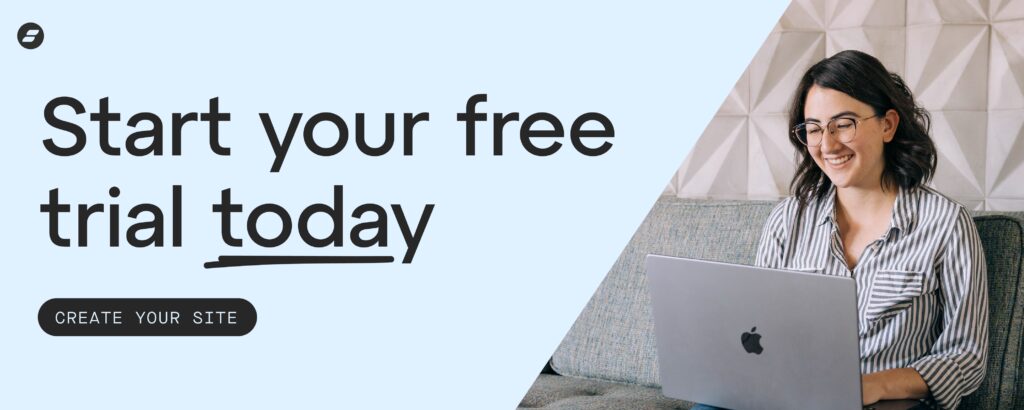Ever felt like your creativity was locked in a vault, and you can't find the key? You know it exists, but you just can’t seem to get to it? If this sounds like you, I'm right there with you, and I think I can help.
As you know, at Showit we believe creativity exists in every person. That’s what we’ve built our business for: cultivating that creativity in you. In this blog post, I'm going to take a look at 24 ways you can discover, explore, refine, and master that creativity within yourself, and apply those skills to your goals. I’ve broken these 24 techniques down into 4 categories, the first (and my personal favorite) of which is the Discovery phase.
Discovery Phase
To foster creativity, you first need to understand what that uniquely means for you. For some of us, finding that creativity (especially in the overwhelm that comes with a New Year) can feel tricky, or downright impossible. Try these 6 techniques to look inside, and begin to unlock your creative genius.
1. Ask “What If” Questions
Challenge your conventional thinking by asking questions like, “What if this project had no budget constraints?” or “What if I could change one thing about this issue in my life?” These questions can stimulate innovative ideas, and get you thinking creatively. Ask yourself, “What would it take to make this possible?” rather than “Is this possible?”
2. Mindfulness and Meditation
Engage in mindfulness and meditation practices to quiet your mind and create space for creative insights to surface. Mindfulness and meditation can take on a variety of definitions, but for our purposes, we’ll go with the definition presented by verywellmind.com:
“Mindfulness meditation is a mental training practice that teaches you to slow down racing thoughts, let go of negativity, and calm both your mind and body”
In a world of social media, constant notifications, and endless mental stimulation, taking the time to quiet our minds can be easier said than done. However, daily practices of mindfulness and meditation can have a profound effect on your ability to think creatively. In fact, a literary review from the National Center for Biotechnology Information found that there are profound links between mindfulness and creative thinking.
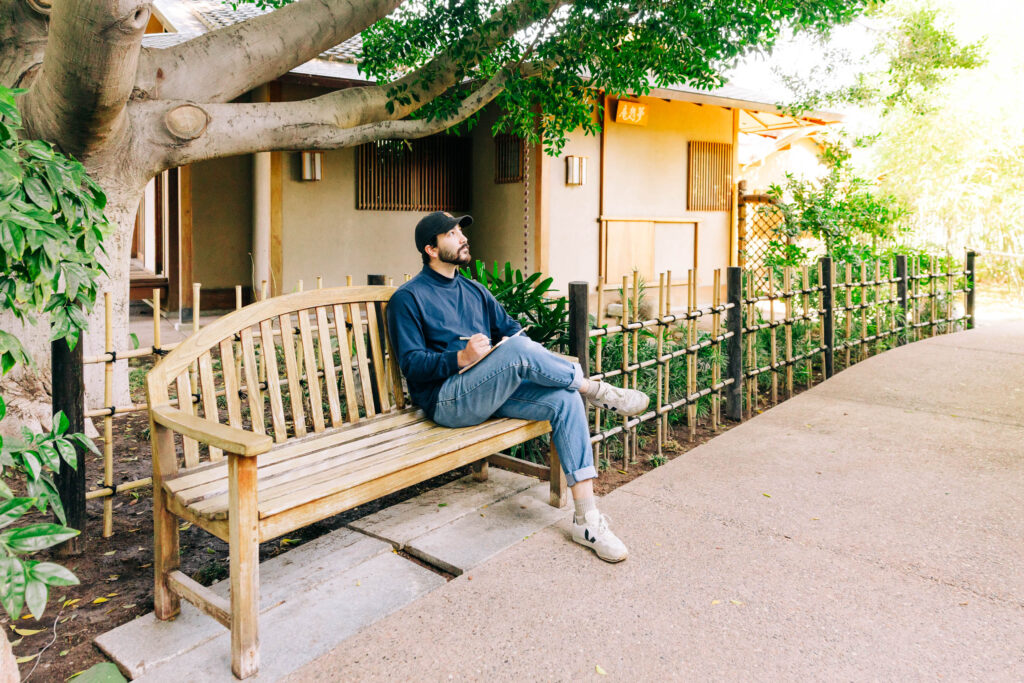
While the above mentioned article from verywellmind.com outlines a handful of great ways to slow your mind and get focused, trying techniques like breathing exercises, going for a drive (in silence… scary, right?), or checking out an app like Calm or Headspace can be really helpful.
3. Brainstorming Sessions
Collaboration often sparks creativity, and just getting your thoughts outside your head can make a huge difference in your progress toward your goals. As a digital & social media marketer at Showit, working as a team is the most valuable tool I use on a daily basis. Whether it be a formal brainstorming meeting (we do these at least once weekly) or a conversation with a coworker, collaboration never fails to give me new eyes for a project, a new angle on a problem, or stretch me creatively as a whole.
Phone a friend or grab coffee with someone else in your industry. Ask how they would approach your current projects, and get your ideas out of your head. I think you might discover a new non-negotiable in your creative toolbox.
4. Explore Different Art Forms
Experiment with various artistic expressions such as painting, drawing, sculpture, music, dance, or writing. Trying different forms can help you identify where your strengths lie, and is a great way to get those creative juices flowing. Take a friend to an art gallery and talk about your favorite pieces. Try a sketching challenge like Inktober for a month to see what sticks. Whatever it might be, try some new creative avenues this year, and see where it takes you.
This has been an interesting idea to explore in my own life since working at Showit, which is, by all accounts, a very creative job (and the best job ever). Spending my days exploring creative ideas and working with an incredibly talented team to pull things together is creatively stimulating, but over time, creativity needs new outlets to grow effectively. According to MCI institute,
“Research has shown that partaking in creative outlets creates stronger social relationships, reduces stress, and allows us to develop a deeper appreciation for the world around us.”
I’m not sure about you, I think stronger relationships, less stress and deeper appreciation for the world would allow me to be more creative in my work here at Showit. With this in mind, a couple years ago I rediscovered my lifelong love for carpentry & furniture making. It took many hours of work to renovate a 10×15 shed as a small workshop, but the impact has been massive. The few hours I spend each week in the quiet of those four plywood walls have become crucial for both stretching and resting the creative muscles I use each day.
What hobbies have you lost, or what interests have you just not made time to explore? Consider what role they might play in overcoming creative blocks in your life.
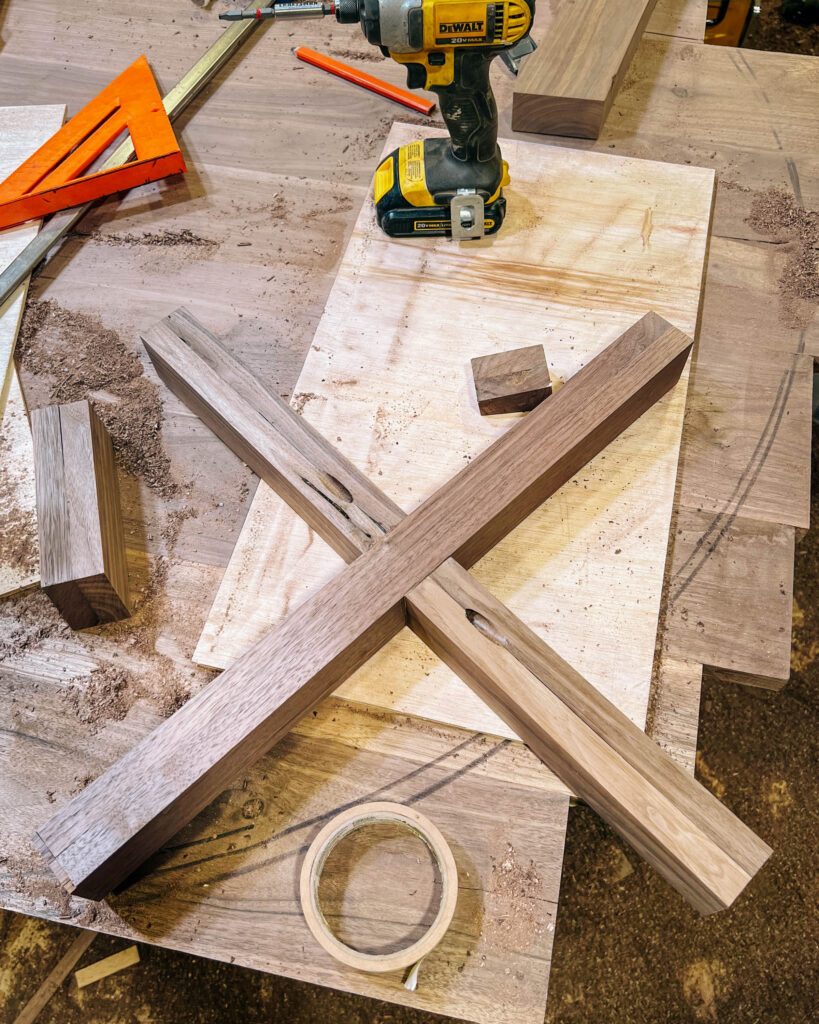
5. Reflect on Personal Values
Consider your core values and passions. Aligning your creative pursuits with what matters most to you can fuel your creativity, and reignite your love for creating in the first place. An extensive study from Frontiers found that there is a strong correlation between personal values and innovation, stating that the values of employees allowed them to be more creative and effective in their jobs.
6. Challenge Comfort Zones
Step out of your comfort zone regularly. Whether it be joining a local two-step class, joining a facebook group for creatives, or just taking on a project a little outside your skillset, stretching your comfort zone might be your key to big growth in 2024.
I’ve always loved storytelling, but I’ve focused that love toward photography far more than any other medium. In the past couple years, I’ve pushed myself to write more of these stories down, though it is admittedly not in what I would consider to be my comfort zone. The effect has been a more holistic approach to each photo, thinking intentionally about the ‘thousand words’ spoken in the frame, so to speak. Similarly, building a photoshoot around a piece of written content allows me to incorporate more vibrant storytelling through the combination of creative mediums. Ask yourself what you can do today to step out of your comfort zone, however small the action might be.
Exploration Phase
The “Exploration Phase” is a crucial stage in the creative process where you will actively seek to expand your creative horizons, experiment with different approaches, and cultivate a broader range of skills and perspectives. This phase is all about embracing curiosity, taking risks, and pushing the boundaries of what you understand your creativity to be. Let’s take a look at a set of techniques that emphasize experimentation and trying new approaches to discover creativity within yourself:
1. Reverse Thinking
Try solving problems or approaching challenges by working backward. Start with the desired outcome and think about the steps you'd need to take to get there.
For example, want your email list to hit a specific number this year? Work backward, laying out your conversion rates, leads and best performing content. Then, decide how many emails you’ll need to send to hit that goal.
For more information on email marketing (which is still one of the best marketing tools you can use in your business this year) check out this awesome webinar we hosted last year with Angel Marie of Convertkit.
2. Random Word Generation
Have you ever played the Wikipedia game? Two or more people would pick two entirely unrelated subjects, then race to see who could get from one to the other using only inline links on Wikipedia pages. Years ago Mike, who wrote part 1 to this series, & I raced from John Mayer to Delta Machinery. Try to think of a way those two connect; I’ll wait.
Is this just an aimless time burner, or could it make an impact on our creativity?
Try choosing a random word or phrase and challenge yourself to create a connection between that word and your current project or challenge. This exercise encourages lateral thinking and creative problem-solving, pushing your current thought process outside the box. While a connection between a great musician and great power tool brand might not get you past your current creative block, you may find it unlocks a previously unseen angle on your project.
3. Role Reversal
Imagine yourself in someone else's shoes—whether it's a different profession, age, or cultural background. Think about the following.
- How would they approach the task at hand?
- What would an illustrator think about when they approach this website design?
- How would a dancer approach this musical composition?
This exercise helps you gain fresh perspectives.
Role reversal doesn’t just stop at moving past creative blocks; many effective marketing campaigns from brands like Snickers have made use of the technique, and this article from paradigm-il.com does a great job explaining why.
4. Constraint-Based Creativity
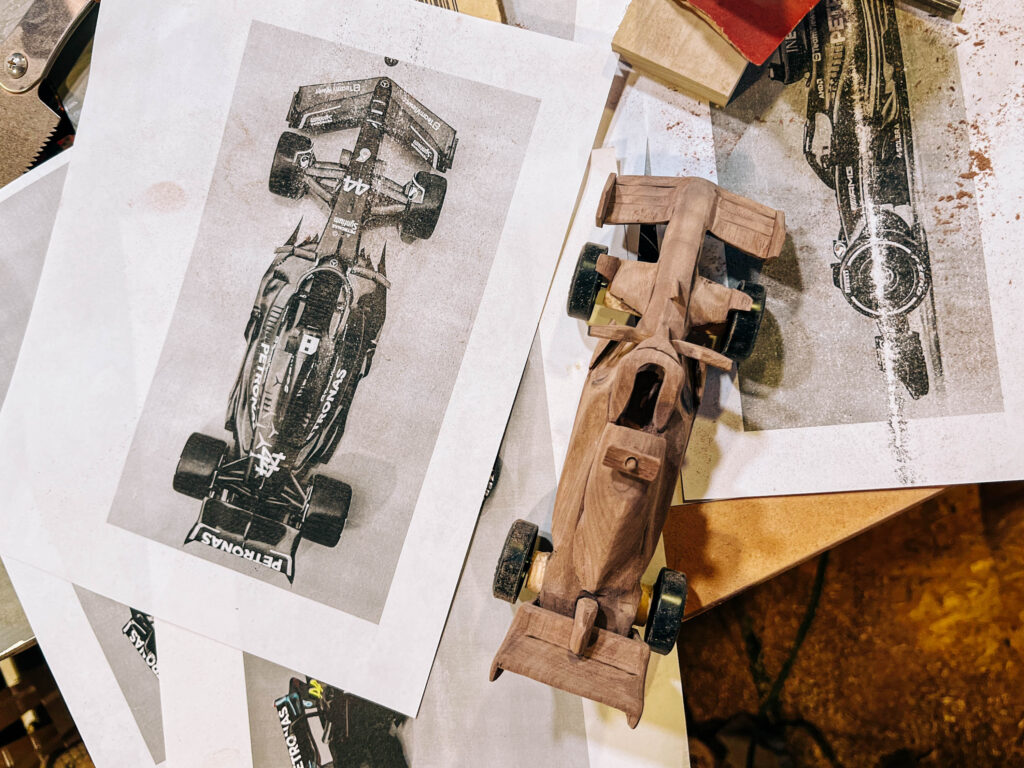
We just finished one of my personal favorite Showit events, the annual Showit Pinewood Derby. Each of us was given a pine block, wheels, and axles, and set loose to create our tiny race cars. However, the derby brings with it an entire document of restrictions on weight, size and material, pushing participants to create the fastest or most unique design, all without breaking any rules.
I’ve started challenging myself to replicate real cars out of the wood, and the restrictions have forced me to think flexibly. This year, a few days before the race I realized my Mercedes-Petronas F1 car (any fans out there?) was a half inch too long, and had to rush to shave length, while maintaining my hard work on replicating the real thing. It was frustrating at the time, but in the end those restrictions are what present the true creative challenge, and make the derby so much fun.
In short, embrace constraints in your process. They can force you to think creatively and find unique solutions.
5. Mind Mapping
Mind mapping is a visual technique and a powerful tool for organizing, brainstorming, and presenting ideas in a structured and creative way. There are four main components to a good mind map:
1. Central Idea or Theme: At the center of a mind map, you start with a central idea or theme. This could be a word, a phrase, or an image that represents the main concept you want to explore. For example, let’s put down ‘sports’ as shown in this example from nulab.com:
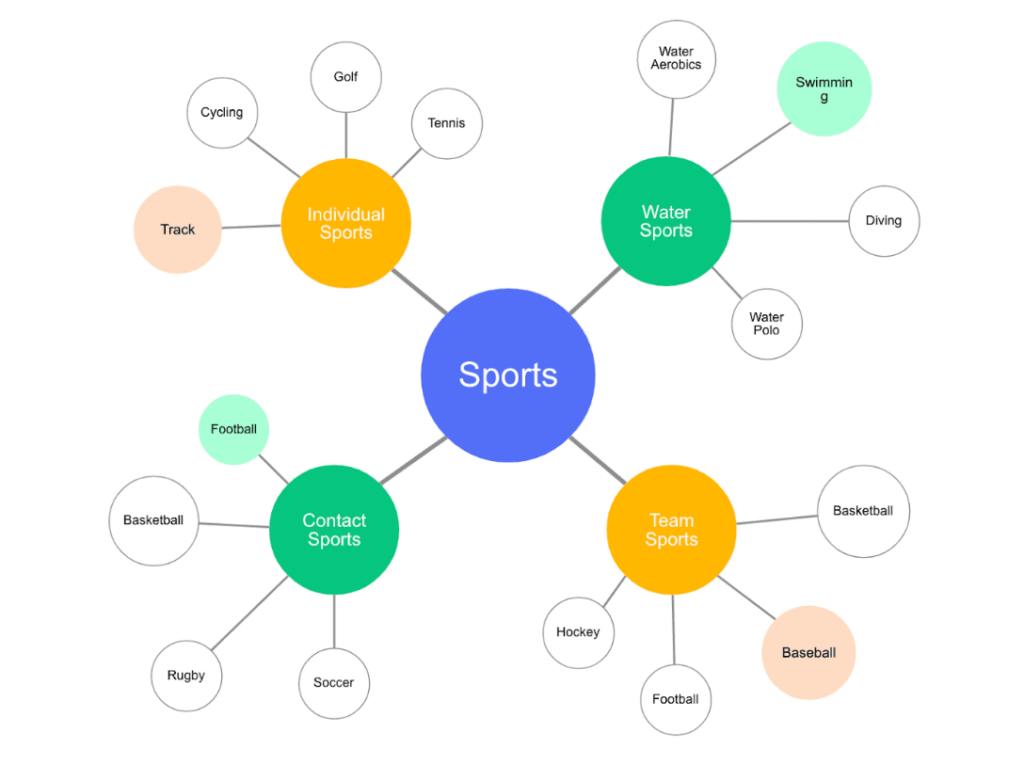
2. Branches: Radiating outward from the central idea are branches, like the limbs of a tree. Each branch represents a main category or key concept related to the central theme. In Nulab’s example above, we have individual sports, water sports, contact sports, and team sports. You get the idea.
3. Sub-branches: Sub-branches extend from the main branches and represent subcategories or more specific ideas related to the main concepts. Sub-branches can be further divided into even smaller sub-branches, creating a hierarchical structure. Here, we’re breaking down subcategories within each segment of sports on the mind map.
4. Keywords and Images: Finally, instead of lengthy sentences, mind maps often use keywords, short phrases, or images to represent ideas. This keeps the map concise and easy to understand at a glance.
6. Creative Challenges
Join creative challenges or competitions that provide specific prompts or themes. Check out local Facebook groups, Instagram challenges or other creative outlets for a bit of built in accountability.
The Exploration Phase is all about embracing a spirit of curiosity and adventure. By experimenting with these techniques and occasionally getting outside your comfort zone, you'll not only expand your creative toolkit, but also discover new facets of your own creativity. Remember that creativity thrives when you allow yourself to loosen up, explore new ideas, and take risks in your process.
Refinement Phase
Ok, take a deep breath. You’ve tried the above techniques, and now your mind is overflowing with fresh ideas and new creative horizons. Or, maybe you just have a new take on an old project. Either way, your next step is to refine these new ideas, and bring them into sharp focus. Your next six techniques for refining your creativity are as follows:
1. Feedback and Collaboration
Didn't we already talk about this? Glad you're paying attention 😉
Brainstorming and collaboration are not a ‘one time use' tool. Throughout the journey of a project, share your ideas with others and seek feedback. Bring in colleagues, friends, or mentors to gain different perspectives and insights. Sometimes all it takes is a new set of eyes to refine your great idea into something awesome.
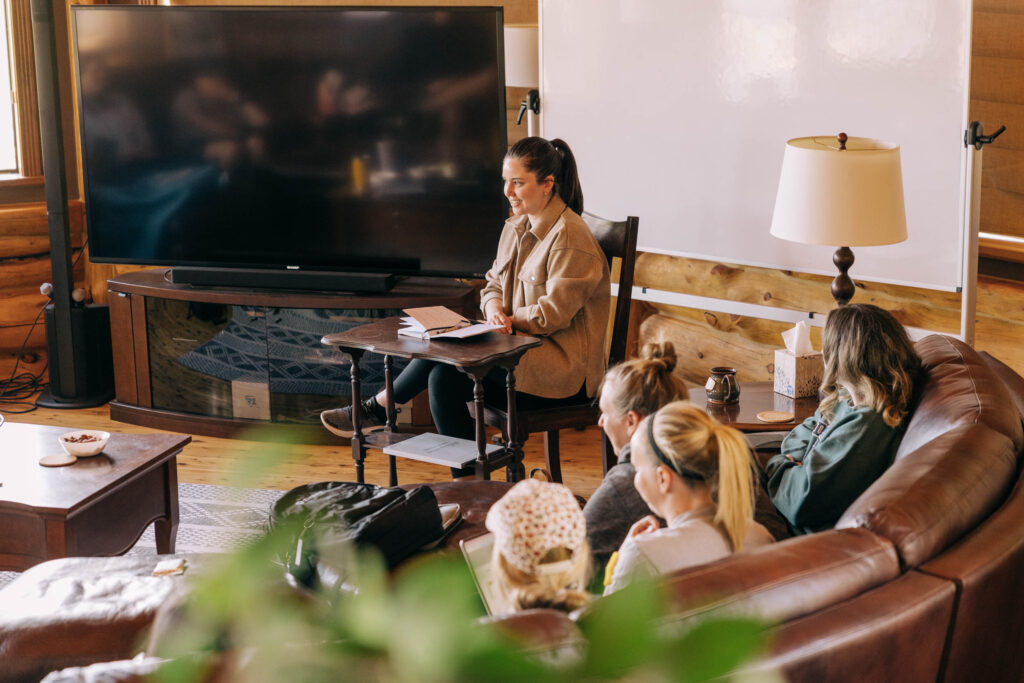
2. Iteration
Ever heard the saying, ‘Rome wasn’t built in a day’? I’m willing to bet you have, and unfortunately, it rings true in the creative process. Don't settle for your initial concept, but refine, refine, refine. Continuously iterate and improve your idea by revising, tweaking, and experimenting with different elements. It might not seem to improve with each iteration, but over time, you’ll see your best work come out of the mess.
3. Research and Inspiration
Explore related concepts, case studies, or creative works that inspire you. Gather insights and ideas from various sources to refine your own. My personal favorite way to do this, while it might not be as technical as some, is to find bloggers or YouTube creators focused my creative interests. I've spent hundreds or thousands of hours in the back corners of Woodworking YouTube, and it always surprises me how many approaches there can be to one chair, one problem or even one specific technique.
4. Prototyping
Develop a prototype or mock-up of your idea, whether it's a physical product, website, or artwork. Prototyping allows you to test and refine your concept in a tangible way, as well as share it with others and hear their feedback. Side note- as you might be well aware by now, many of the concepts in this post are connected, if not interchangeable. Find the ones that work for you, and just get started.
5. Time and Distance
Don’t be afraid to step away from your idea for a while. Sometimes, taking a break and revisiting your concept with fresh eyes can reveal new ways to refine and enhance it. This may be as simple as making a latte or taking a walk, or it may mean switching to a different project for a few days. Take your time, and your goals for 2024 will thank you.
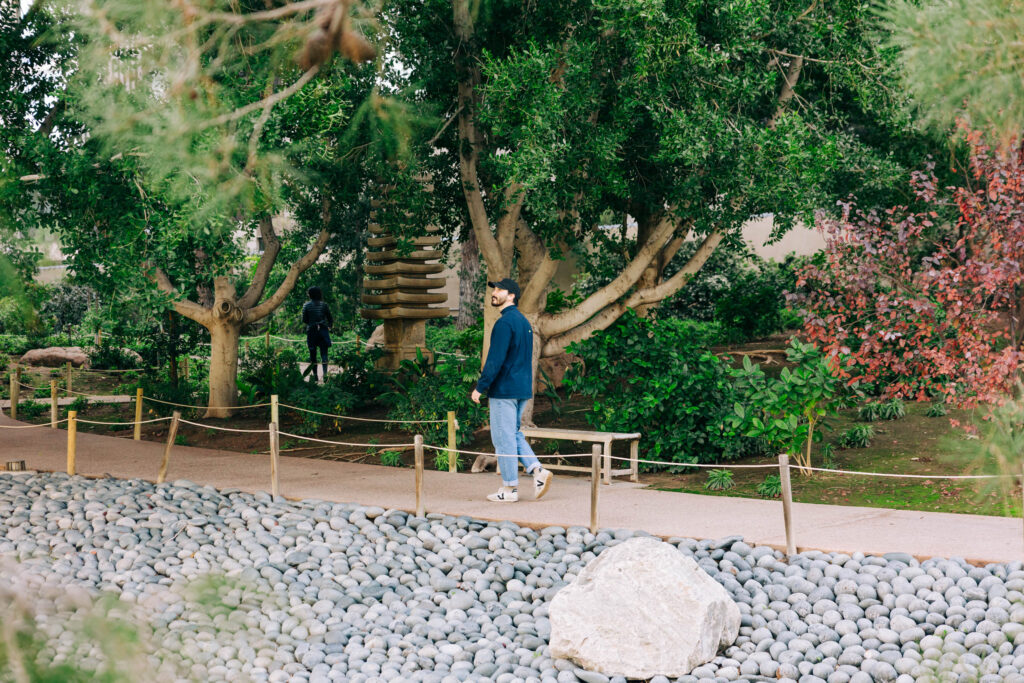
Mastery Phase
You’ve made it this far, and for that, you should be proud. You've explored new avenues of creativity, and likely discovered more about yourself in the process. You’ve also experimented with your findings, and refined those ideas into tangible, effective results. Now, let’s bring this process home with 6 advanced techniques to bring your creativity to the next level.
1. Cross-Pollination of Ideas
In nature, cross pollination occurs when one plant pollinates another of a different species, resulting in a new plant that carries the characteristics of both. When it comes to creative projects, pulling in ideas from fields that may seem unrelated to yours is a great way to think outside the box and refine your ideas a little further.
To learn more about how you can use cross pollination in your business or other creative pursuits, I’d recommend checking out this article from Growth Engineering.
I’ve recently been compiling a series of questions around the idea of creativity, and I’m excited to share more of those with you as we get deeper into 2024. But until then, grab one of these AI generated scenarios and imagine what it would look like in reality. Consider how these two unrelated realities could combine, and what kind of creative work would result. Have fun!
- If Warhol painted a series about 21st-century life, which modern object would be his new soup can?
- What would be the tagline for a cologne inspired by the smell of fresh printer ink?
- If Picasso and Kanye West collaborated on a fashion line, what would be its standout piece?
- Envision a restaurant where each dish is not only a culinary masterpiece but also a musical composition. Savor flavors while listening to a symphony of sounds that complement the taste and aroma of each course. Which dish sounds the best?
- How might the principles of architecture be applied to cooking?
2. Scenario Planning
Anticipate multiple scenarios or futures for your project. By considering how your work will be used and what impact it will have on your audience, you can develop strategies that are robust and adaptable to different circumstances.
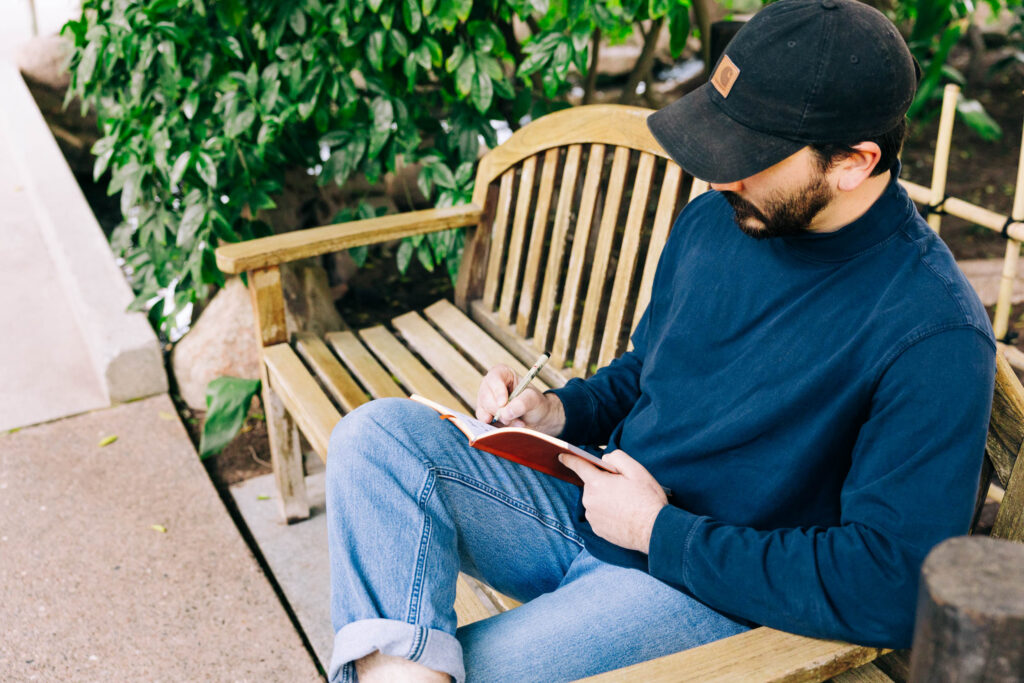
3. Advanced Brainstorming Techniques
Go beyond traditional brainstorming by incorporating advanced techniques such as brainwriting, reverse brainstorming, or SCAMPER (Substitute, Combine, Adapt, Modify, Put to another use, Eliminate, Reverse).
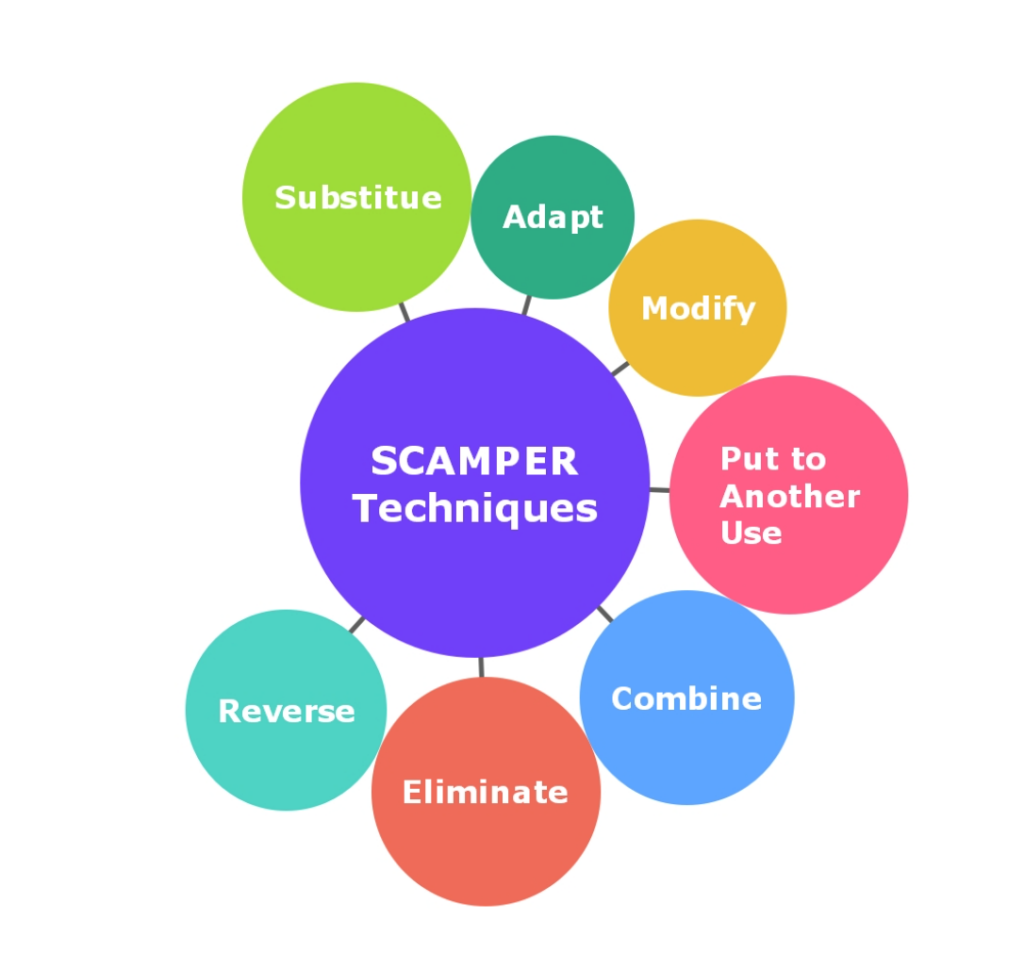
4. Quantitative Creativity
Utilize data and quantitative analysis to inform creative decisions. A data-driven approach can reveal trends, patterns, and insights that lead to innovative solutions, which can be particularly useful in creative endeavors around marketing and small business growth. Pay close attention to your social media engagement. Watch your google analytics to gain a better understanding of your website’s health, and, most importantly: adjust accordingly.
PS: This blog post will give you everything you need to know to make sure your site health is at its best.
5. Creative Leadership
Foster a creative environment within your team or organization by practicing creative leadership. Encourage risk-taking, provide resources, and champion innovative thinking. When you encourage others to push the boundaries of their creativity, you’ll begin to do the same. Here’s a great article from Furman University on how you can build your creative leadership skills this year.
6. Cultivate Expertise
While in previous steps we encouraged you to look past your usual realm of expertise and try new things, this is where you master those new things. Deepen your knowledge and expertise in a specific area relevant to your project, and watch how becoming an expert in a particular field can lead to breakthrough insights, unlocking your creative potential even further.
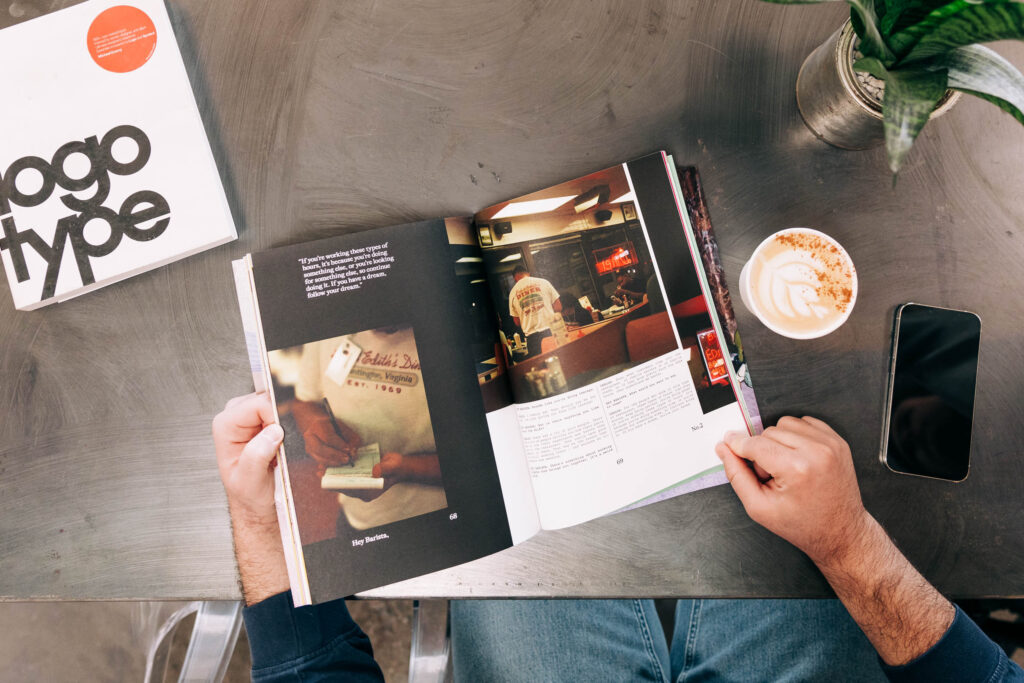
As you think through your goals for 2024, take some time to reflect on the above 24 techniques for unlocking your creativity this year. Consider how you can apply a few of these to your process, and ask what goals might just be a little more attainable than they seem. Build a roadmap to follow through the year, and steal these concepts freely!
In our next post, we’ll be giving you some practical steps to boost traffic to your website. This will help take your project, product or business, and get it out there to the right people. Check that out here.
